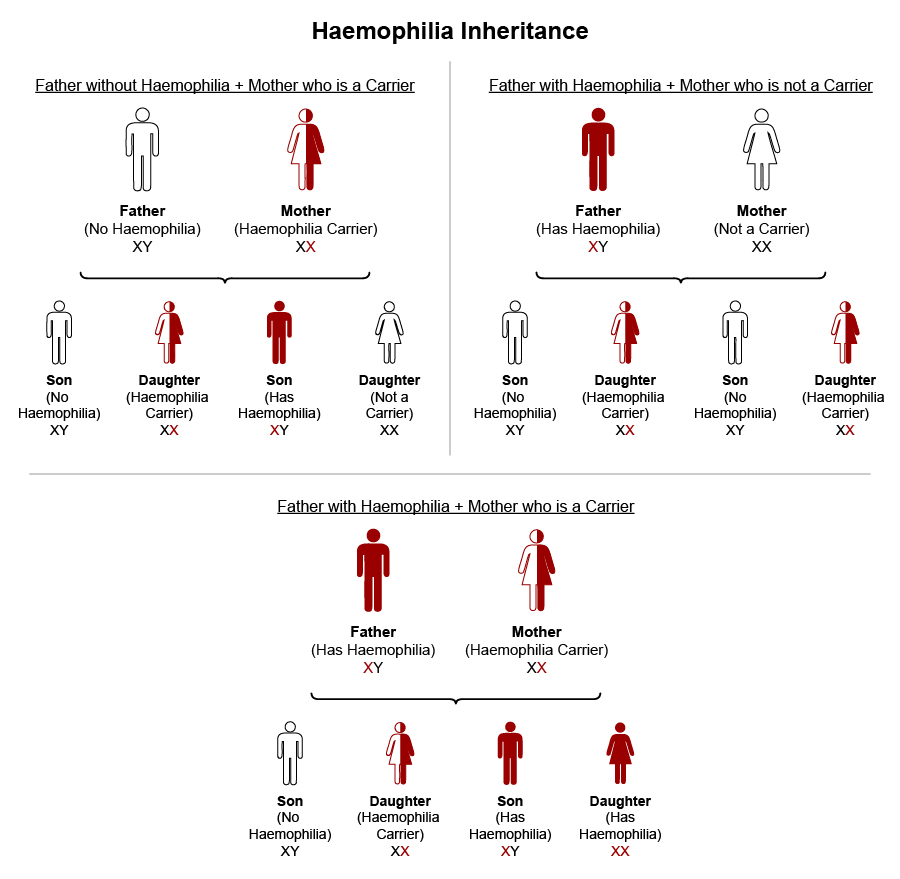There is no cure for haemophilia. However, it can be managed effectively with factor replacement therapy. This treatment involves injecting the missing clotting factor—Factor VIII for Haemophilia A or Factor IX for Haemophilia B—directly into the bloodstream. Treatment approaches include:
Prophylactic (Preventive) Therapy:
Regular injections of the clotting factor are administered to prevent bleeds, especially in children with severe haemophilia, who are at risk of spontaneous bleeding.
On-demand Therapy:
Injections are given in response to bleeding episodes, often indicated by joint swelling, warmth or pain.
The dosage of Factor VIII or IX concentrate is determined by the child's weight and the severity of the bleed and must be prescribed by a doctor haematology specialist. Parents may keep a supply at home for immediate use, with instruction on proper storage and administration provided for home therapy.
Children with hard-to-access veins may require a portacath—a device implanted under the skin that allows easy access to a central vein for medication administration. The portacath may need replacement if it becomes blocked or infected and typically lasts 2 to 3 years.
In cases of severe internal bleeding, such as brain or abdomen bleeds, emergency hospital treatment with high-dose factor replacement therapy is essential.
Inhibitors
Some children develop inhibitors—antibodies that neutralise the clotting factor, rendering replacement therapy ineffective. This occurs in approximately 20–30% of individuals with Haemophilia A2 and 3% with Haemophilia B3 undergoing factor replacement therapy. The risk of inhibitor development is linked to the type of genetic mutation present.
Managing haemophilia with inhibitors is challenging. For individuals with low levels of inhibitors, higher doses of factor concentrate may be effective in controlling bleeding. On the contrary, patients with high levels of inhibitors require bypassing agents like Factor Eight Inhibitor Bypassing Activity (FEIBA). Immune Tolerance Induction (ITI) therapy is another approach, involving daily high-dose factor concentrate administration until inhibitors are eradicated. ITI is successful in about 70% of patients with Haemophilia A4 ,typically taking 6 to 12 months to achieve success.
Source: 2American Journal of Hematology, 3British Journal of Haematology, 4Journal of Thrombosis and Haemostasis


















